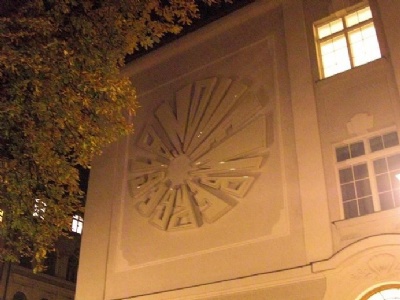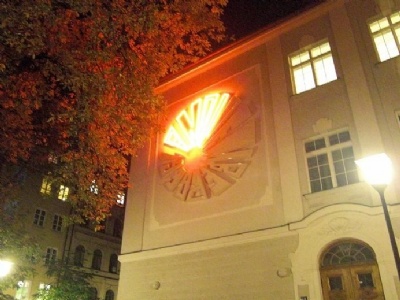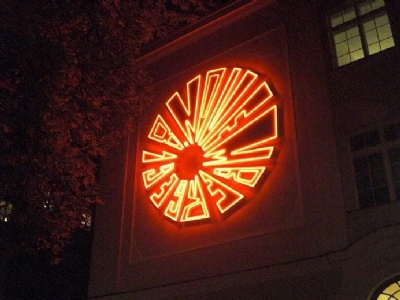George-Elser-Platz
Near George-Elser-Platz, Munich, the carpenter George Elser had an apartment where he lived. Elser carried out a failed attempt on Hitler’s life in the Bürgerbräukeller on the evening of 8 November 1939. He was imprisoned that evening at the Konstanz border crossing when he tried without permission to cross the border into Switzerland. However, this had nothing to do with the explosion in the Bürgerbräukeller when no connection to Elser yet existed. When the Gestapo in Konstanz interrogated and searched Elser, they found small notes about bomb making and wire cutters, which raised suspicions of a possible connection to the explosion.
Next day Elser was taken back to Munich where he was one of several arrested in connection with the attempt. The investigation of the attempt was led by the head of Kripo (Criminal Police) Arthur Nebe, who through findings at the crime scene and testimonies linked Elser with the attempt. Elser then began to be subjected to brutal interrogations of torture as a method of forcing confessions and disclosures about his plans and any helpers. Initially, Elser revealed nothing but was finally broken down by the repeated torture and the ”sharpened” interrogations.
But Elser acted entirely on his own and his motive was that he believed Hitler was about to drive Germany in ruin. Elser may have had communist sympathies, but he was never politically active in the Communist party, nor did he act on behalf of the communists. He had been working for a long time to build a time bomb, which he then hid in a pillar behind Hitler’s pulpit in the Bürgerbräukeller. However, Hitler left the meeting (21.07) earlier than planned so when the bomb detonated at 21.20, Hitler was not there and thus escaped the explosion. The bomb killed 8 other people and injured another 60.
After about ten days, Elser (and several family members) was transferred to Berlin where Elser was put in the Gestapo headquarters on Prinz Albrecht Strasse where the interrogations and torture continued. The Gestapo was convinced that Elser had helpers and was part of a larger conspiracy. Elser showed and explained to the Gestapo how he himself had built the bomb by reconstructing it.
After questioning at Prinz Albrecht Strasse, Elser was taken to Sachsenhausen concentration camp where he received a form of special treatment. The idea was that Elser would later face a public trial and therefore needed to look "normal". But Germany was losing the war and in early 1945 Elser was taken to Dachau where he again received special treatment for the same reason. But in the face of the inevitable defeat, Elser was ordered to be executed under the utmost discretion. The death sentence was carried out on April 9, 1945, when Elser was shot at the crematorium in Dachau. What happened to the body is unknown, either he was cremated or he was thrown into some unknown mass grave.
Current status: Preserved with monument (2010).
Address: George-Elser-Platz, 80799 München.
Get there: Metro to Universität Station.
Follow up in books: Moorhouse, Roger: Killing Hitler: The Plots, The Assassins, and the Dictator Who Cheated Death (2006).



Elser is just as associated with the resistance to Nazism as the siblings Scholl and Stauffenberg are but not as well known and it took much longer for Elser to achieve historical recognition for his action. It is these three who through their actions symbolize the German resistance to Nazism and Hitler. However, there are major differences in their approach.
The siblings Scholl (White rose) tried to undermine Nazism by spreading leaflets and thereby weakening it. Elser acted on his own and tried to assassinate Hitler by direct attack without any thought for possible successors. Stauffenberg was a key figure in Wehrmacht’s attempt to assassinate Hitler and seize power for the german army.
In many places in Germany, Elser has had streets and places named after him and monuments have also been erected over the years. This monument consists of a large neon light sign (about 5 meters diameter) that every evening at 21.20 a 60 second long light play begins. The reason for this is that Elser’s bomb exploded at 21.20 but then Hitler, as is well known, already had left Bürgerbräukeller.